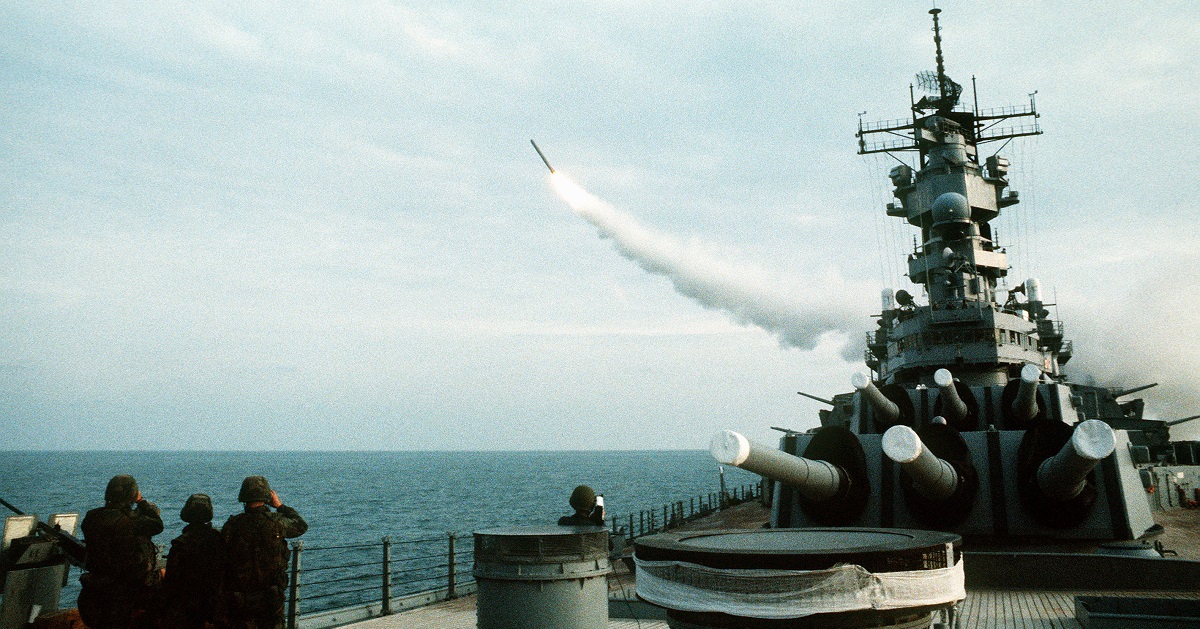When you think “cruise missiles,” the BGM-109 Tomahawk Land Attack Missile comes to mind. That’s not a surprise — the Tomahawk has been widely-deployed and launched from ships, subs, and ground launchers. Hell, there were even air-launched versions of the missile in development!
But it wasn’t the first cruise missile to be widely deployed by the United States military. In fact, one cruise missile family formed the basis of the Navy’s nuclear deterrence in the 1950s — years before the Tomahawk entered service.

That cruise missile was the Regulus. It got its start the year after World War II ended. Initially, the Navy had looked at trying to improve Germany’s V-1, but soon realized it was a dead end.
The first version of the Regulus, designated SSM-N-8, entered service in 1955. The ultimate version of the Regulus I had a range of 500 nautical miles, according to Designation-Systems.net. It could be equipped with a Mk 5 warhead with a yield of 40 kilotons or a two-megaton W27 warhead. The missile had a top speed of 600 miles per hour.

Like the Tomahawk, the Navy deployed the Regulus on both surface ships and submarines. The Navy also modified some of its aircraft carriers to launch the missile, although it was never operationally part of a carrier’s air wing. An improved version, the SSM-N-9 Regulus II, would’ve had a speed of Mach 2 and a W27 warhead with a range of 1,000 nautical miles if it ever saw the light of day, but the successful development of the Polaris ballistic missile killed that program.
The cruise missile concept made a comeback, though. Today, the versatile Tomahawk is one of the Navy’s preferred weapons for attacking enemy targets on land. The Tomahawk can look back at the clunky-looking Regulus, and see what paved the way. Learn more about the scrapped Regulus II project in the video below.
(Jeff Quitney | YouTube)


